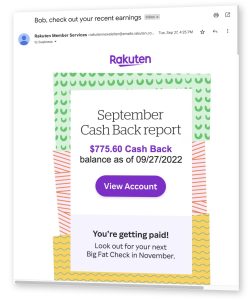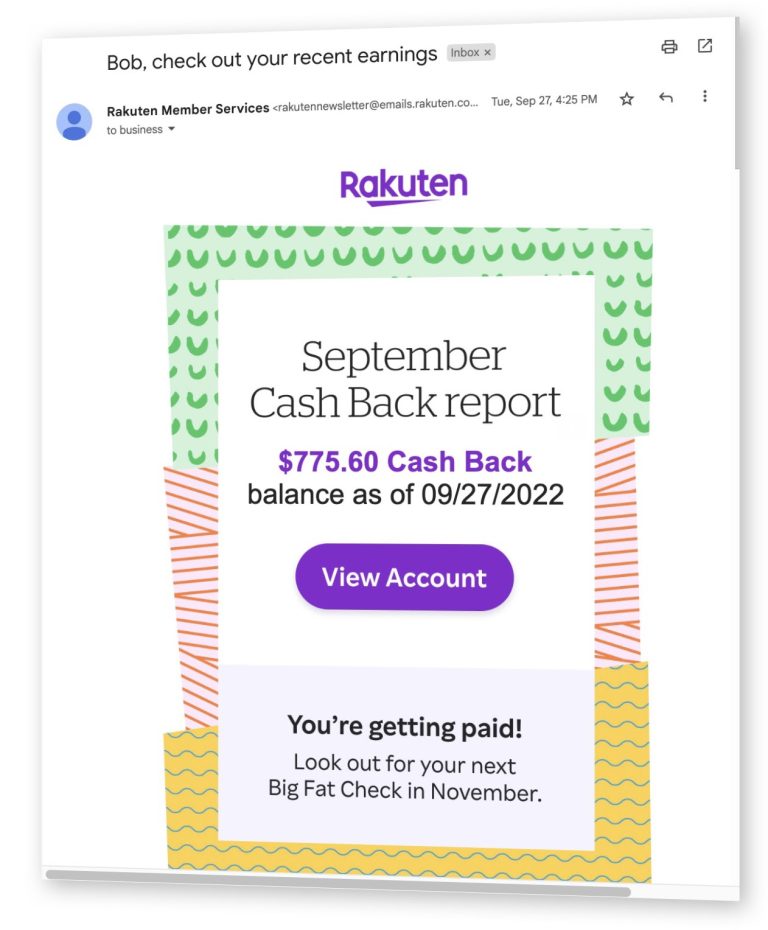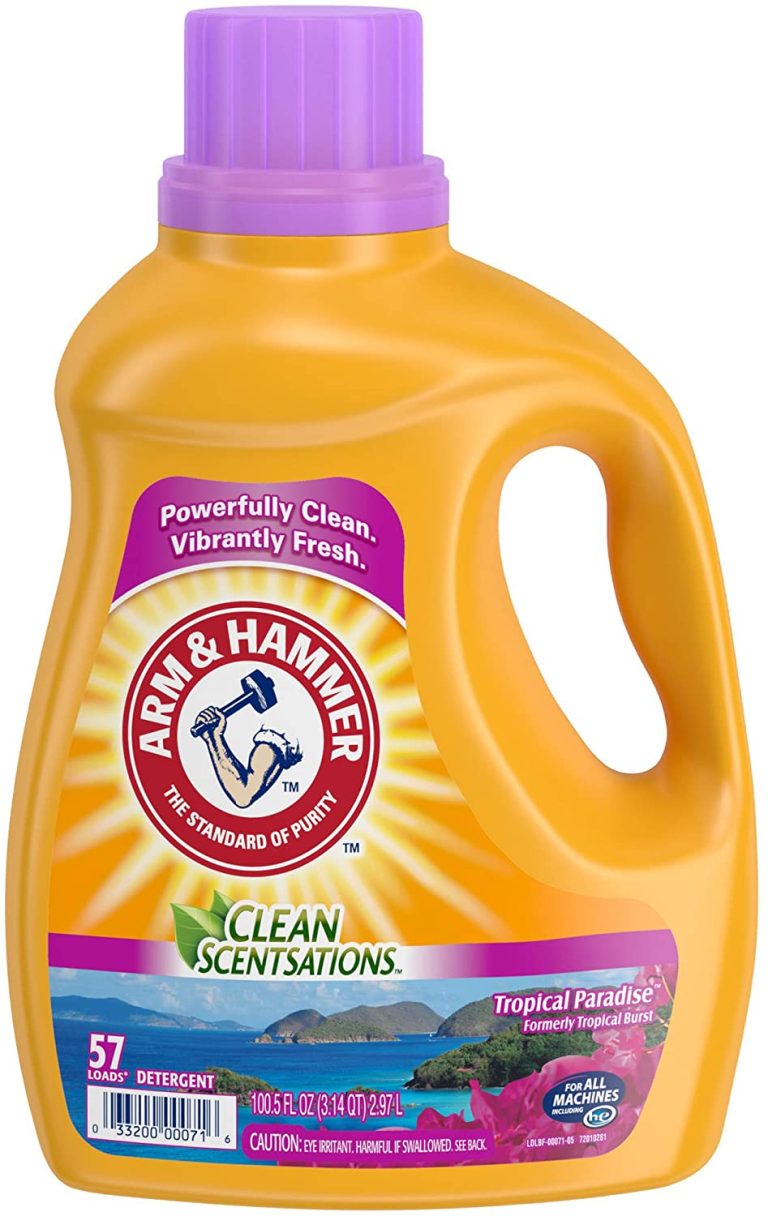
‘Freemium’ games — addicting apps that start out free but entice you to make small, ongoing purchases — aren’t just targeted at kids. Photo: Lars Plougmann
Last Christmas, I got my six-year old daughter a Kindle Fire for Christmas. It was to be her “big gift” of the year, and I thought it would be great for long car rides and fun, educational games.
I expected her to love it, which she did, but there was one thing I didn’t expect – the constant onslaught of financial requests I would soon encounter. After loading my daughter’s Kindle with free games, the begging started right away.
“Mom,” my daughter would say, “I need $2 to open the next level of ‘Barbie Barber Shop.’”
“I have to unlock the curling iron to win,” she would explain in the world’s saddest voice.
And on “Frozen Free Fall,” a line matching game, she quickly found that the five lives you start out with was never enough.
“Mom, can I get some more lives?” she would ask. “A set of 12 lives is only 99 cents!”
How ‘Freemium’ Games Hook You
Fortunately, my daughter doesn’t really have any money of her own. Because if she did, I’m pretty sure she would be the proud owner of dozens of “levels” and “upgrades” on the handful of games she plays when she gets home from school. I was also able to set a password on her Kindle so that she couldn’t purchase the next level on “Kitty Pet Shop” by accident – or on purpose.
But it just goes to show how sneaky freemium games are when it comes to parting you and your hard-earned cash. And it’s not just games aimed at kids either – many freemium games are created solely for adults.
Remember the popular Facebook game “Candy Crush Saga”? According to several sources, Candy Crush was pulling in as much as $850,000 every 24 hours in its heyday.
As PsychGuides.com notes, freemium game developers use a series of strategies to hook us into games like Candy Crush that start out free, but ultimately cost money.
“The economy of it is simple enough – lowering an app’s price to zero can lead many more people to install it since it costs nothing to start playing,” they wrote in The Psychology of Freemium, an analysis of several studies on the subject.
The High Cost of Free, Addicting Games
Once you start playing, however, prepare yourself for constant temptation to spend nominal amounts of money on game features and upgrades that will improve your experience – or simply allow you to play longer.
And that’s where they nickel and dime you to death. For example, a 2014 study on mobile freemium games showed that 67{6fac3e6a3582a964f494389deded51e5db8d7156c3a7415ff659d1ae7a1be33e} of in-app purchases were between $1 and $5, low enough that many people don’t think twice about it.
However, those small purchases only made up 27{6fac3e6a3582a964f494389deded51e5db8d7156c3a7415ff659d1ae7a1be33e} of freemium game revenue in 2014, according to PsychGuides. Meanwhile, over 50{6fac3e6a3582a964f494389deded51e5db8d7156c3a7415ff659d1ae7a1be33e} of freemium game revenue came from those who were heavily invested in their game of choice, whether it was Farmville, Clash of Clans, or even myVEGAS Rewards.
Termed “whales” — the same name casinos use for high rollers and heavy gamblers — these big spenders are extremely sought after by freemium game developers. Because as they have found, you don’t need to hook everyone into spending real money on extra lives and special bonus features; you just need to hook a handful of people who will spend some serious cash to stay busy and entertained.
To coerce potential big spenders into getting hooked onto a freemium game, game developers have come up with a unique bag of tricks. According to PsychGuides, most game developers’ strategies were created after studying data on freemium game users and learning to identify the exact moment when they begin to get bored.
By providing new levels or incentives at those key moments, freemium game developers can get their “whales” on the hamster wheel. As the game gets harder, they can then introduce additional aides or incentives that make it more exciting and easier to conquer — while still keeping some rewards juuust out of reach.
The problem? Most freemium games have no real “end.” So you can never win, no matter how much you spend.
The Key to Avoiding Freemium Games
Funny as this all may sound, video game addiction is real. If you feel as if you might be addicted to freemium games or any other video games, there are plenty of signs to watch out for.
As PsychGuides notes, some of the most common symptoms include restlessness and irritability when playing, lying to family and friends about gameplay, isolation from others, and preoccupation with thoughts of your game of choice when you are unable to play.
If any of these symptoms sound all too familiar, contact a local therapist or reach out to your local chapter of Online Gamers Anonymous, a self-help 12-step program founded in 2002.
On the other hand, if you’re spending on freemium games willfully, it might be time to take a look at your habits and the root cause of your problem. Chances are, you’re spending on freemium games because you’re bored or looking to fill a void. And, as with anything else, you may not realize just how quickly those $1, $5, and $10 purchases add up.
Have you ever spent money on a freemium game? How much?
The post The High Price of Free Games appeared first on The Simple Dollar.
SOURCE: The Simple Dollar The Simple Dollar – Read entire story here.



















